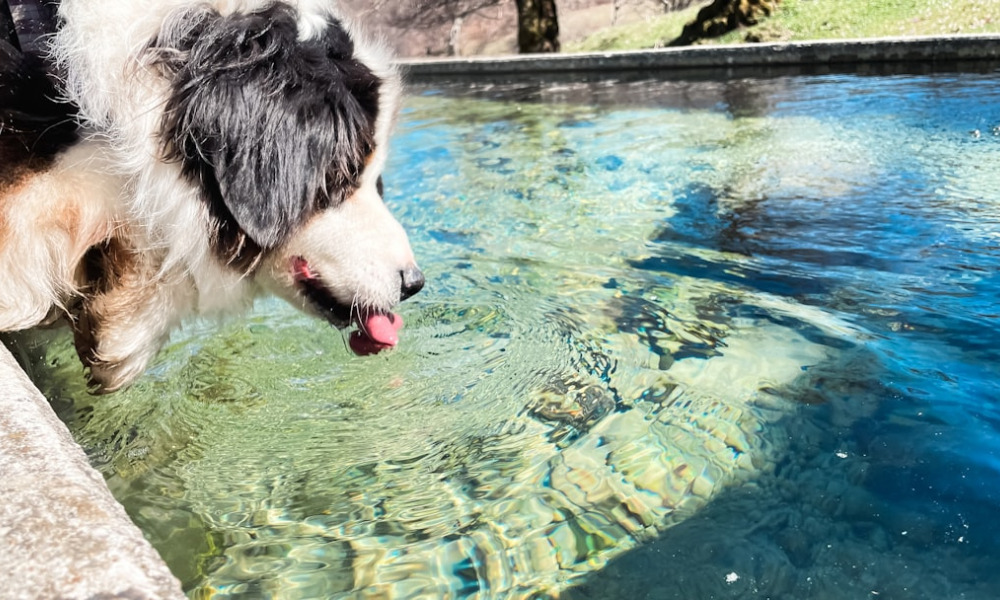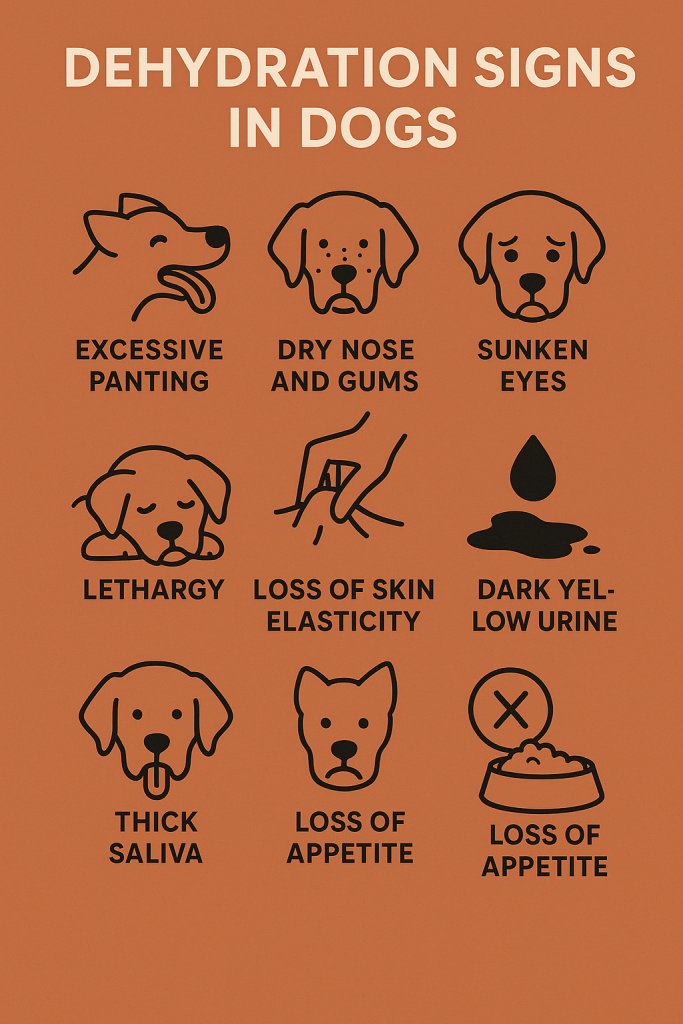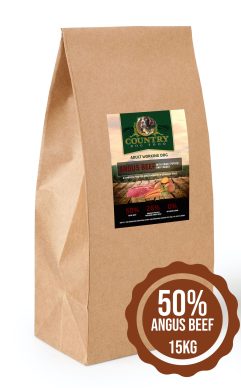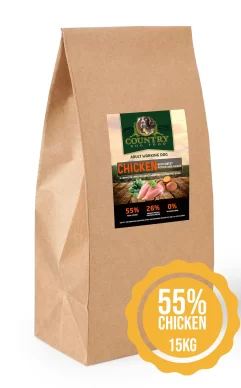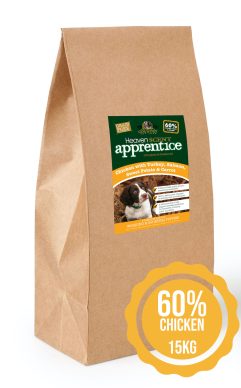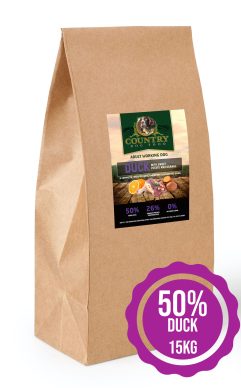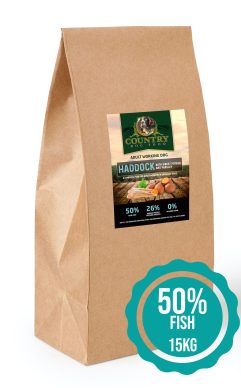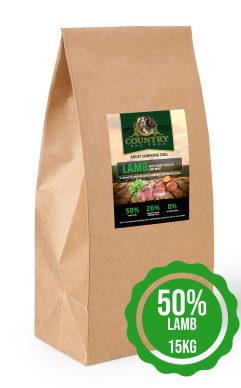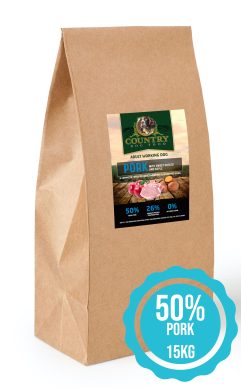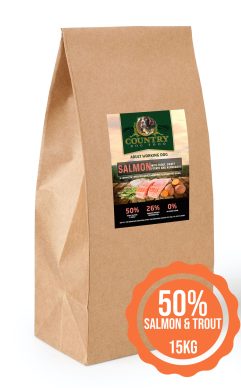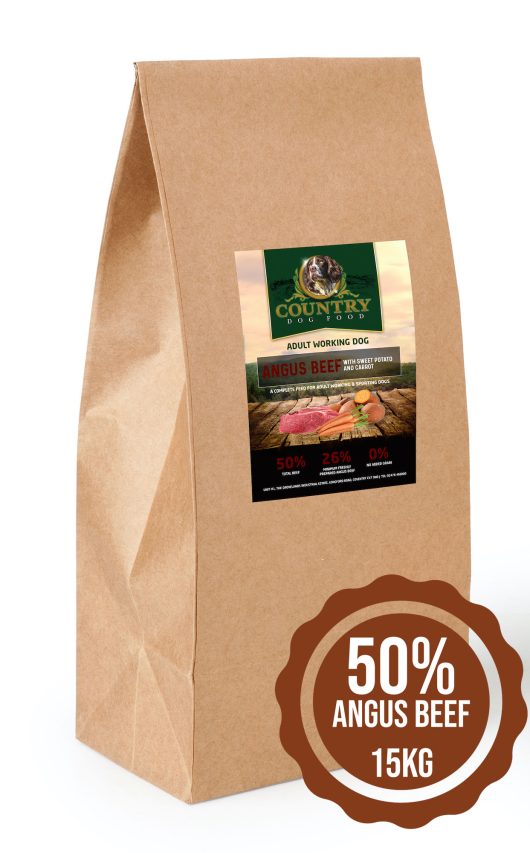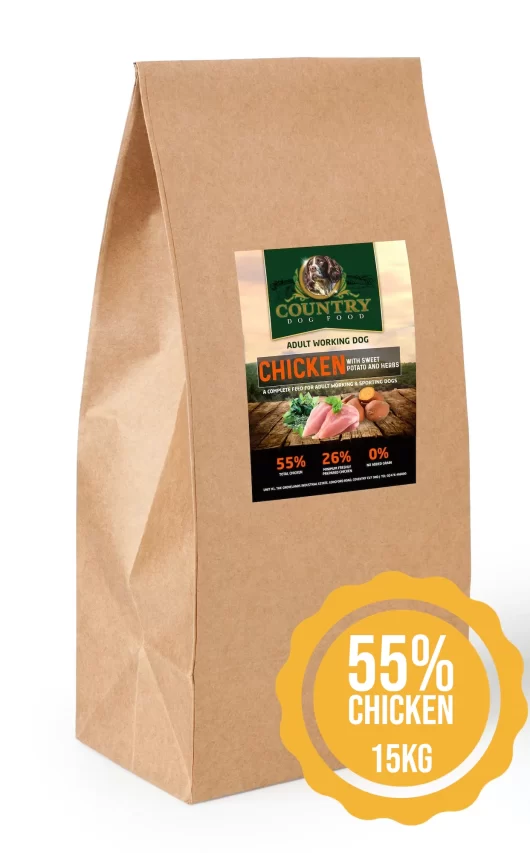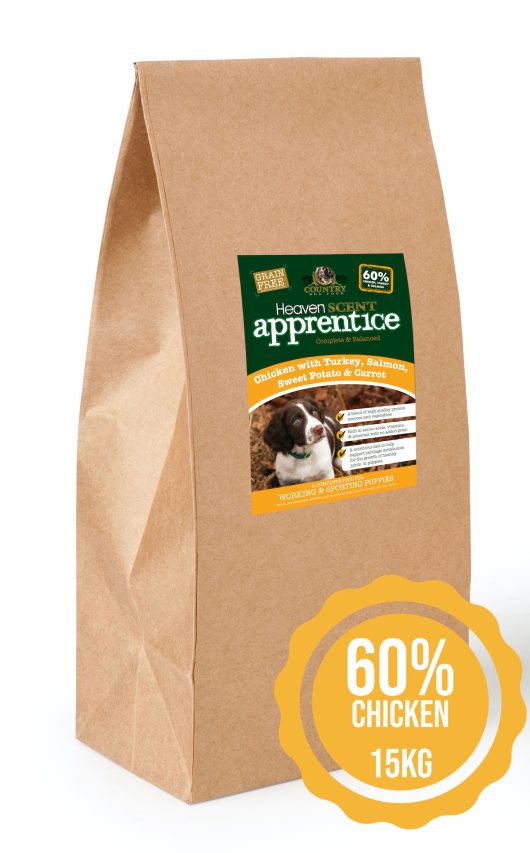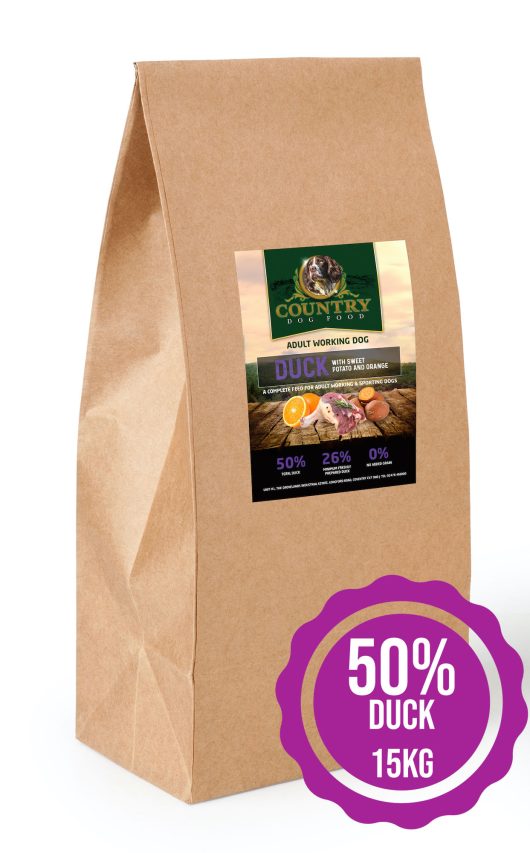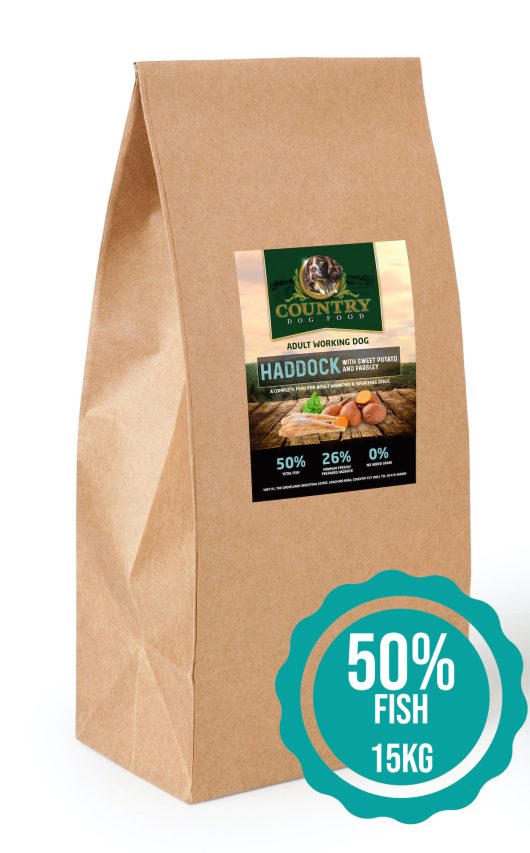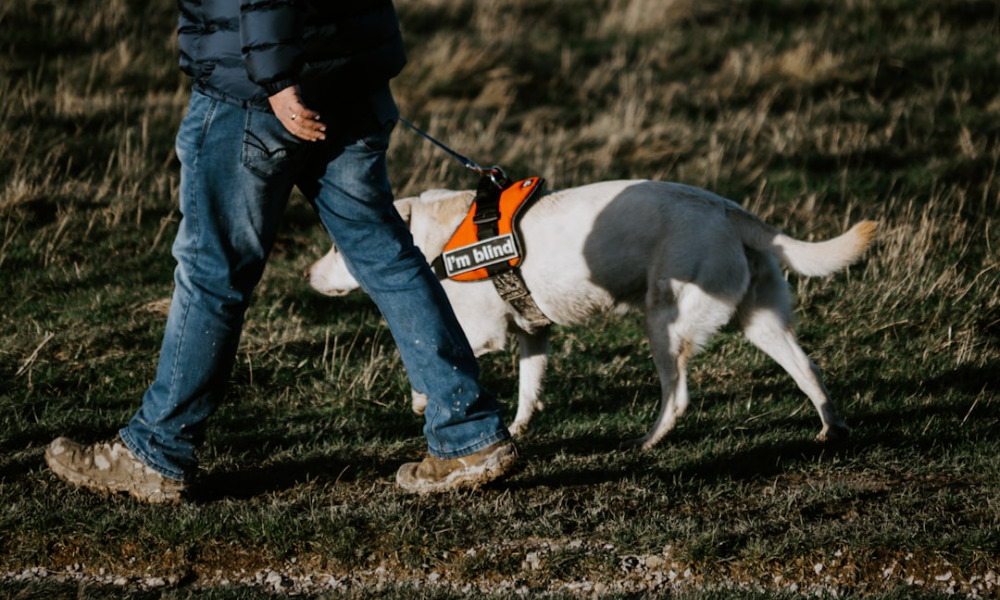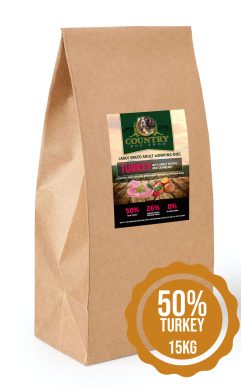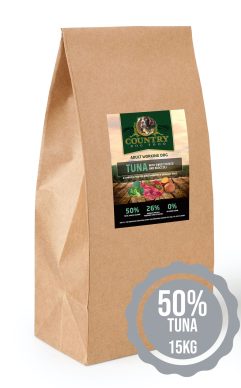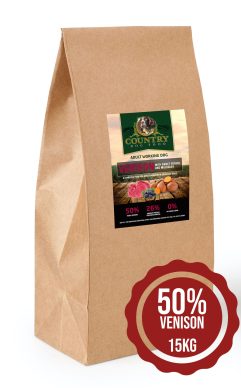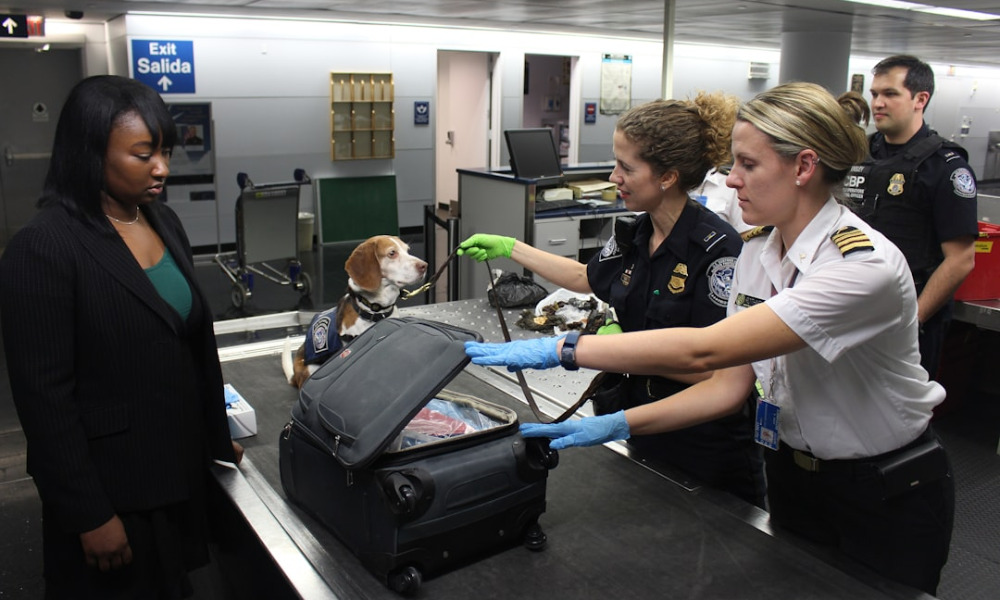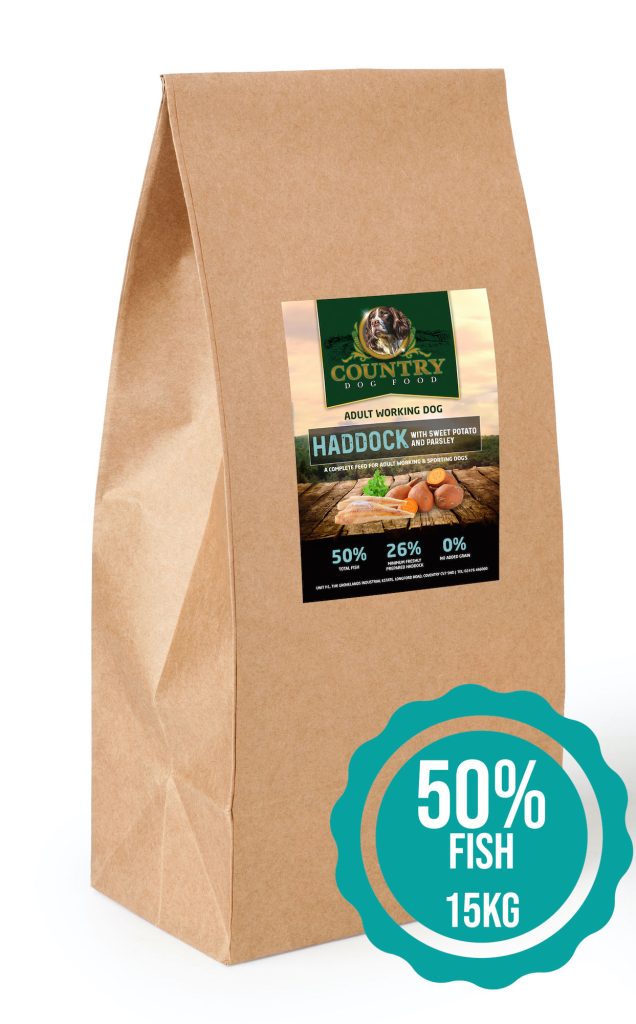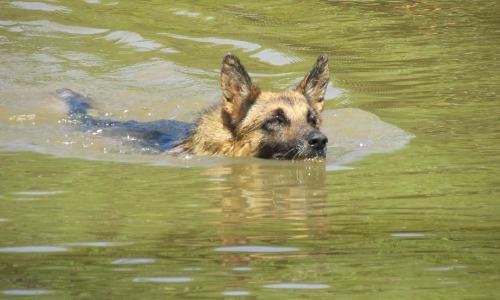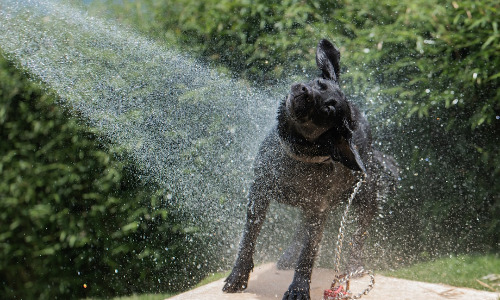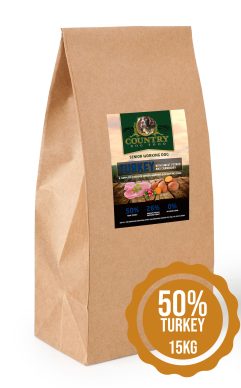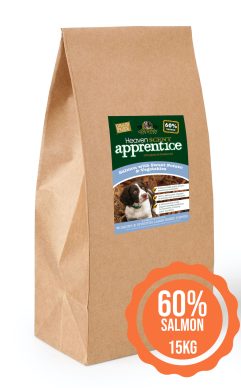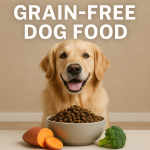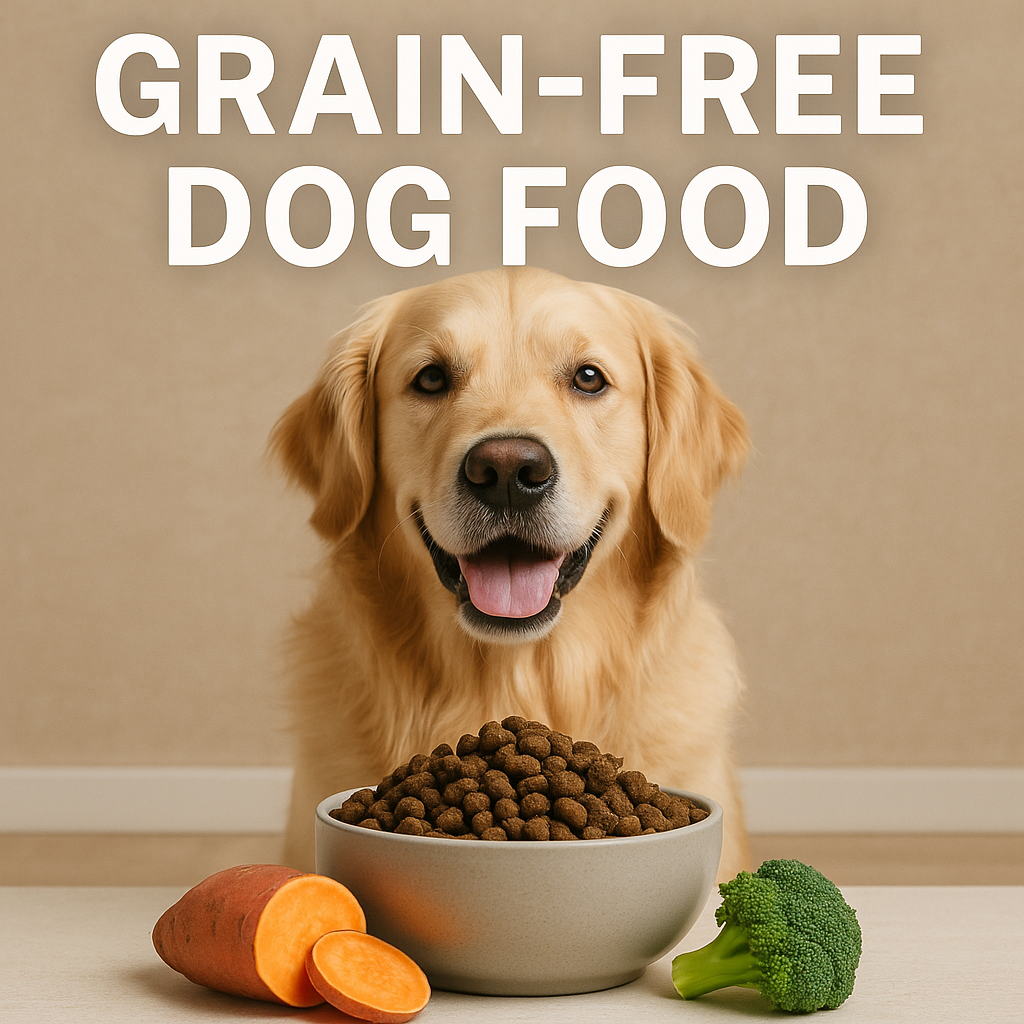
Dog owners today face a huge choice when it comes to selecting food for their pets. With shelves lined with everything from traditional kibble to raw diets, the decision can feel overwhelming. In recent years, grain-free dog food has grown in popularity. Supporters claim that it offers a more natural diet, easier digestion and a host of other health benefits. At the same time, some debate remains about whether dogs need grains at all. This article explores the benefits of feeding your dog a grain-free diet while also considering the potential negative aspects of including grains in canine nutrition.
Understanding Grain-Free Dog Food
Grain-free dog food is formulated without cereals such as wheat, barley, maize, rice or oats. Instead, alternative carbohydrate sources such as sweet potatoes, peas, lentils or chickpeas are often used. The goal is to provide energy and fibre without relying on traditional grains.
Dogs, although not obligate carnivores like cats, evolved primarily as meat-eaters. Their ancestors relied on prey animals for protein and fat, with only minimal access to seeds or grasses. This evolutionary background forms part of the argument in favour of grain-free diets, which more closely resemble what dogs may have eaten in the wild.
Benefit 1: Easier Digestion for Sensitive Stomachs
One of the main reasons owners choose grain-free food is to ease digestive discomfort. Some dogs struggle to process grains, particularly wheat or maize, which can lead to bloating, gas, diarrhoea or irregular stools. A grain-free diet replaces these ingredients with alternatives that are often easier on the stomach.
Sweet potatoes, for example, provide highly digestible carbohydrates along with vitamins and fibre. Dogs with sensitive stomachs frequently show visible improvement when switched to a grain-free diet, displaying better stool consistency and less discomfort after meals.
Benefit 2: Reduced Risk of Allergic Reactions
Food allergies in dogs are not extremely common, but when they do occur, certain grains are sometimes to blame. Wheat and maize are two of the more likely triggers. Symptoms may include itchy skin, chronic ear infections, excessive paw licking or hair loss.
By eliminating grains, grain-free diets reduce exposure to these potential allergens. For dogs diagnosed with grain sensitivities, switching to a grain-free formula can bring significant relief. Even for dogs without confirmed allergies, avoiding common triggers can lower the risk of developing reactions over time.
Benefit 3: Healthier Skin and Shinier Coats
Owners often report improvements in their dog’s skin and coat after switching to grain-free food. This is partly because grain-free recipes tend to use higher-quality protein sources such as fish, chicken or lamb, paired with nutrient-rich vegetables.
Omega-3 fatty acids from fish or flaxseed are commonly included in grain-free diets and are known to reduce skin inflammation and promote glossy coats. Dogs prone to dry, itchy skin or excessive shedding may therefore benefit from the nutrient profile of a grain-free formula.
Benefit 4: Higher Protein Content
Many grain-free dog foods contain a higher percentage of animal protein compared to grain-inclusive options. Protein is the cornerstone of a dog’s diet, supporting muscle maintenance, tissue repair and immune function.
Active and working dogs in particular need robust protein intake to fuel their demanding lifestyles. Grain-free foods that prioritise meat as the first ingredient often deliver this in abundance. By contrast, grain-inclusive diets sometimes rely on cereals as fillers, reducing the overall protein proportion.
Benefit 5: Support for Weight Management
Dogs that consume grain-heavy diets may take in more carbohydrates than they need. Excess carbohydrates can be stored as fat, leading to weight gain. Obesity is a growing problem in dogs and increases the risk of diabetes, arthritis and reduced mobility.
Grain-free foods, when properly formulated, may contain fewer empty calories and a better balance of protein and fat. This helps dogs feel fuller for longer, reducing begging behaviour and supporting healthier body weight. Owners often find that portion control is easier with a nutrient-dense grain-free diet.
Benefit 6: Mimicking Ancestral Diets
Although domesticated, dogs retain much of the physiology of their wolf ancestors. Wolves thrive on a diet of meat, organs and bone, with only limited exposure to plant material. Grain-free diets aim to mimic this pattern more closely than grain-inclusive foods.
While dogs have adapted to digest some starches, a diet more focused on protein and less reliant on cereal grains is thought by many to be a biologically appropriate choice. This approach appeals to owners who want their pets to eat as naturally as possible.
Benefit 7: Energy and Vitality
Many owners notice that grain-free diets lead to improved energy levels and vitality in their dogs. This is particularly true in pets that previously suffered from digestive discomfort or food-related allergies. By removing potential irritants, grain-free foods allow the body to absorb nutrients more effectively.
Better nutrient absorption translates into more consistent energy, improved endurance during walks or play and a general sense of wellbeing.
The Negative Points of Including Grain in Dog Food
To understand the appeal of grain-free diets fully, it is important to look at the drawbacks of including grains in dog food.
1. Digestive Upset
As mentioned earlier, some dogs struggle to digest certain grains. Wheat and maize in particular can cause bloating, gas or diarrhoea. These digestive issues not only cause discomfort but can also prevent dogs from absorbing nutrients efficiently.
2. Allergies and Intolerances
Although not every dog is affected, grains can be a source of allergic reactions or intolerances. Even when not life-threatening, these reactions can significantly reduce a dog’s quality of life. Chronic itching, ear infections and skin problems are often linked to diet, with grains being one of the suspects.
3. Use of Low-Quality Fillers
In some commercial dog foods, grains are used as inexpensive fillers to bulk up the product rather than to provide genuine nutritional value. Poor-quality grains or grain by-products offer little benefit to dogs and can even cause digestive problems. This practice has contributed to the perception that grain-free diets are healthier by comparison.
4. Weight Gain from Excess Carbohydrates
Dogs fed diets with excessive grain content may consume more carbohydrates than their bodies require. This imbalance can lead to weight gain and obesity-related health problems. Although portion control is a solution, many owners prefer grain-free foods as a more straightforward way of avoiding excessive carbohydrate intake.
Are Grain-Free Diets Suitable for Every Dog?
It is important to recognise that not every dog requires a grain-free diet. Many dogs tolerate grains perfectly well and thrive on grain-inclusive foods. In some cases, whole grains such as brown rice and oats provide valuable fibre, vitamins and minerals.
The decision should depend on the individual dog’s health, sensitivities and lifestyle. For example, a healthy, active dog with no history of allergies may do perfectly well on a high-quality grain-inclusive diet. On the other hand, a dog prone to skin issues or digestive troubles may benefit greatly from a grain-free formula.
Choosing the Right Grain-Free Dog Food
Not all grain-free foods are equal. To ensure the best results, owners should look for the following qualities:
- High-quality protein: Meat should be listed as the first ingredient.
- Nutrient-rich carbohydrates: Ingredients such as sweet potatoes or peas should replace grains, not cheap fillers.
- Added vitamins and minerals: A complete and balanced formulation is essential.
- Omega-3 fatty acids: Support skin, coat and joint health.
- Transparency from the manufacturer: Reputable brands clearly list ingredients and avoid vague terms like “meat derivatives”.
By being selective, owners can avoid low-quality grain-free foods that may simply replace grains with equally unhelpful fillers.
Balanced Perspective
While the benefits of grain-free dog food are clear, it is important not to assume that all grain-inclusive diets are harmful. Whole grains can provide valuable nutrients and fibre for dogs that tolerate them well. The key is to focus on quality and balance, rather than simply the presence or absence of grains.
Veterinary advice should always be sought before making major changes to a dog’s diet. A vet can help determine whether a grain-free diet is the best choice for a particular pet based on health history and nutritional needs.
The Tail End of the Story
Grain-free dog food offers a number of potential benefits, from easier digestion and reduced allergy risks to shinier coats and improved energy levels. It tends to focus on high-quality proteins and nutrient-dense alternatives to grains, which many dogs thrive on. At the same time, it is worth acknowledging the negative points of including grains in dog food, such as digestive upset, potential allergies and the risk of fillers.
However, no single diet suits every dog. While some pets flourish on grain-free food, others tolerate grains without issue. The best approach is to choose a food that is complete, balanced and suited to your dog’s individual needs. With careful selection, a grain-free diet can support health, vitality and happiness, ensuring your dog enjoys the very best quality of life.

